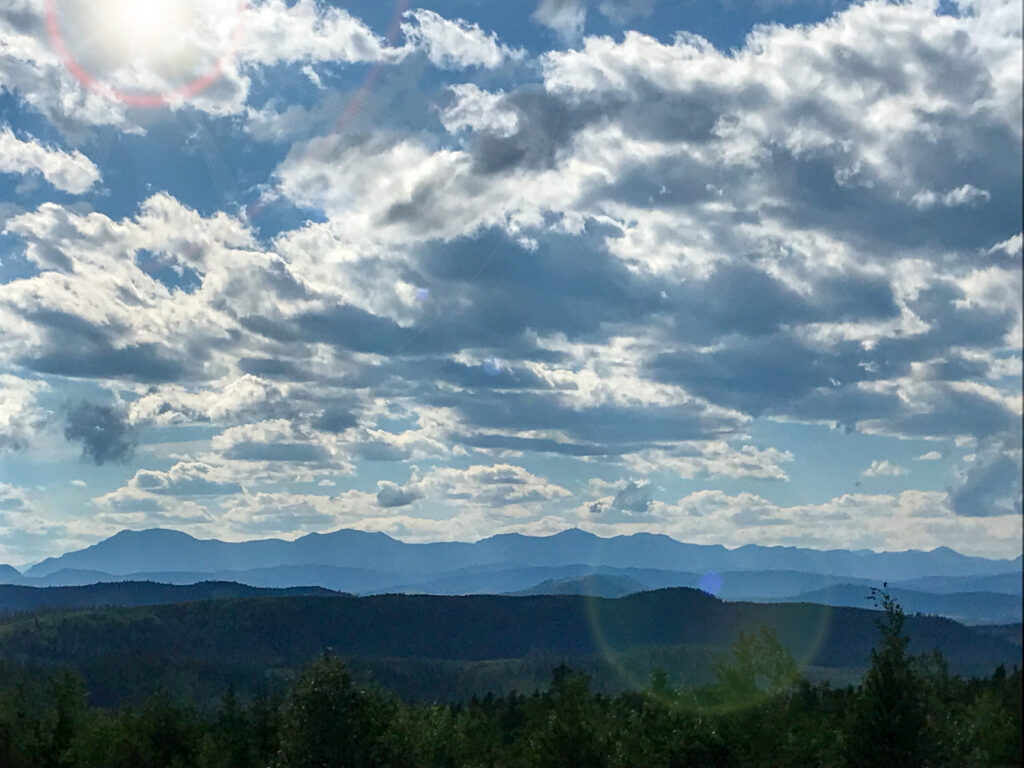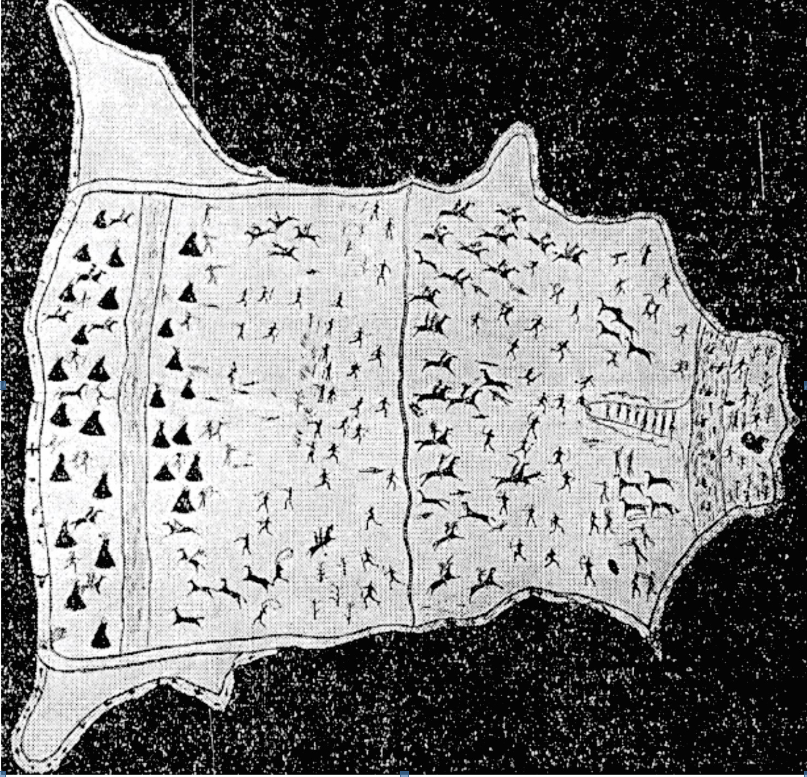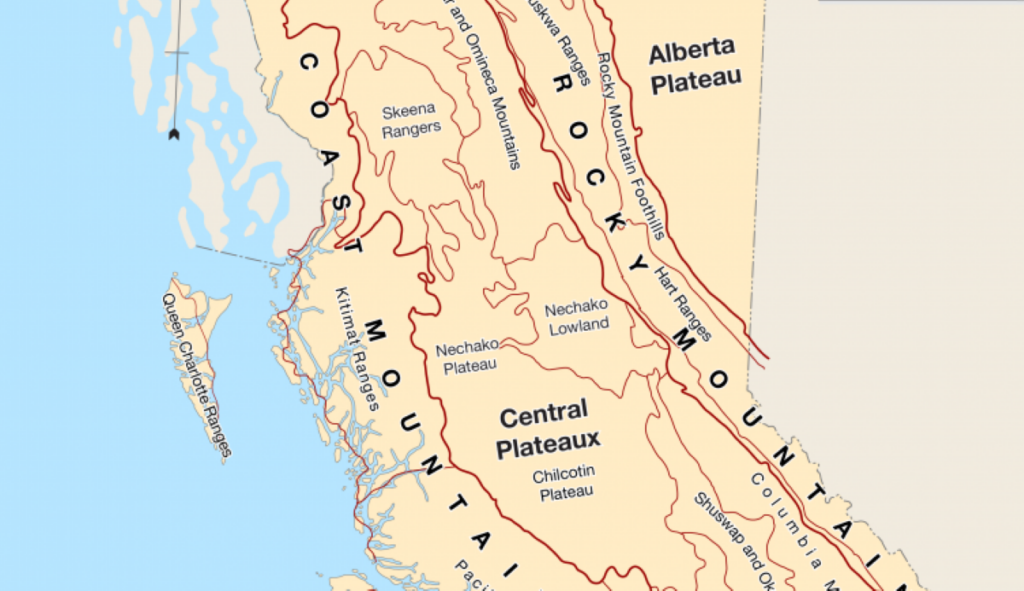Post Category : Archaeonerdism Local Archaeology
More archaeological research in the Lesser Slave Lake region
From 1979 to 1990 Dr. Raymond Le Blanc conducted archaeological surveys and excavations in the Lesser Slave Lake region, first as a member of the Archaeological Survey of Alberta, and later with an archaeological field school with the University of Alberta. These projects are one of the largest archaeological bodies of work in Alberta’s boreal forest outside of the oilsands region. The Mercury paper published from them,
“Archaeological Research in the Lesser Slave Lake Region”, is one of very few monographs on northern Alberta prehistory.
Since 1990, nearly all archaeological research in the region has been conducted under Cultural Resource Management projects, primarily for the forestry sector. These projects have focused our interest away from the lakeshore into the uplands and hinterlands of the region. We have identified hundreds of new archaeological sites in these hinterlands, giving us new perspectives on land-use patterns and settlement systems, long-distance trade, and regional travel and trade networks.
I’m going to be sharing my thoughts on these sites at the 2016 Canadian Archaeological Assocation conference in Whitehorse Yukon this May, in a special session in Honour of my graduate supervisor, Dr. LeBlanc. I hope to see some of you there. If you can’t make it, watch this site for the full paper.



